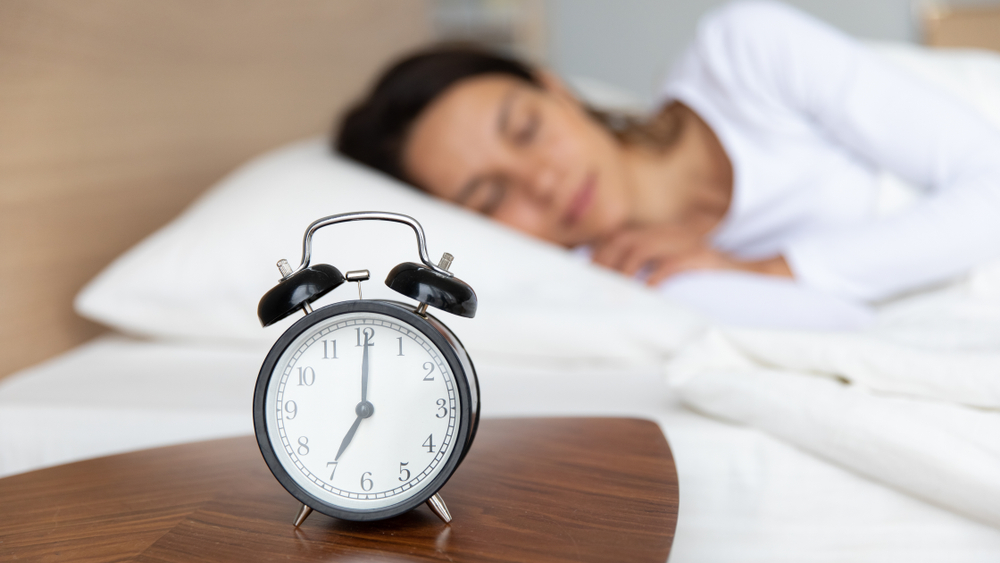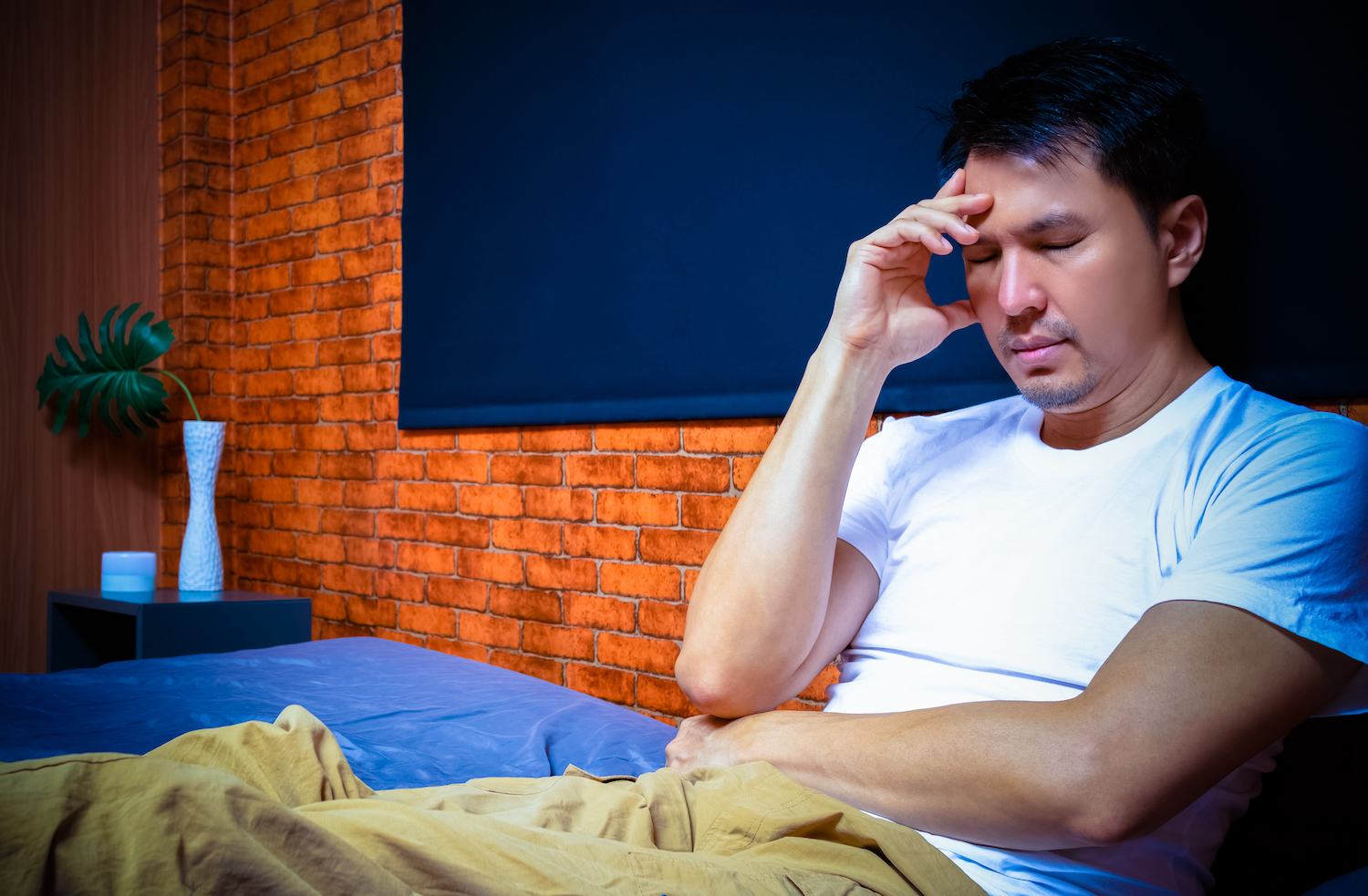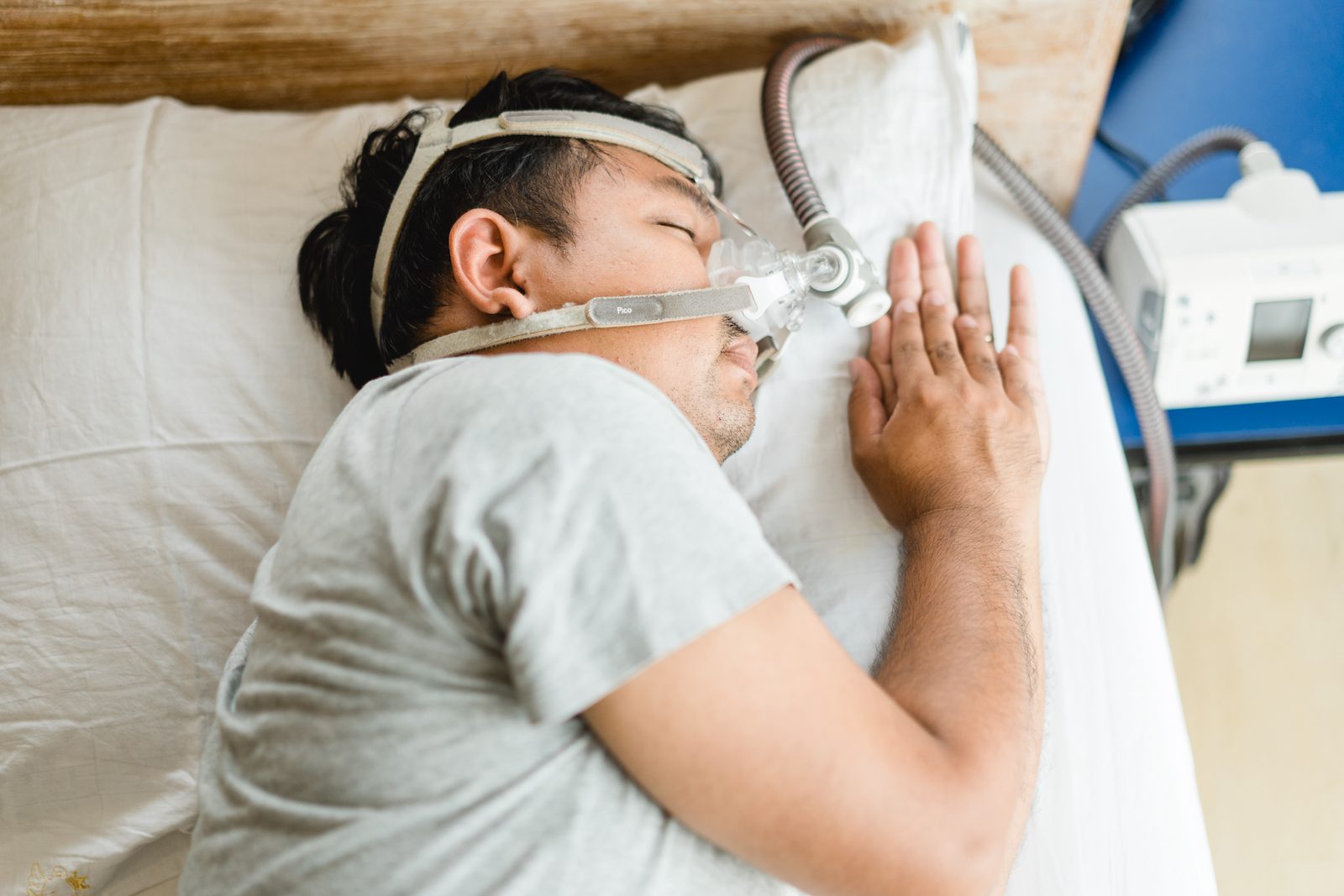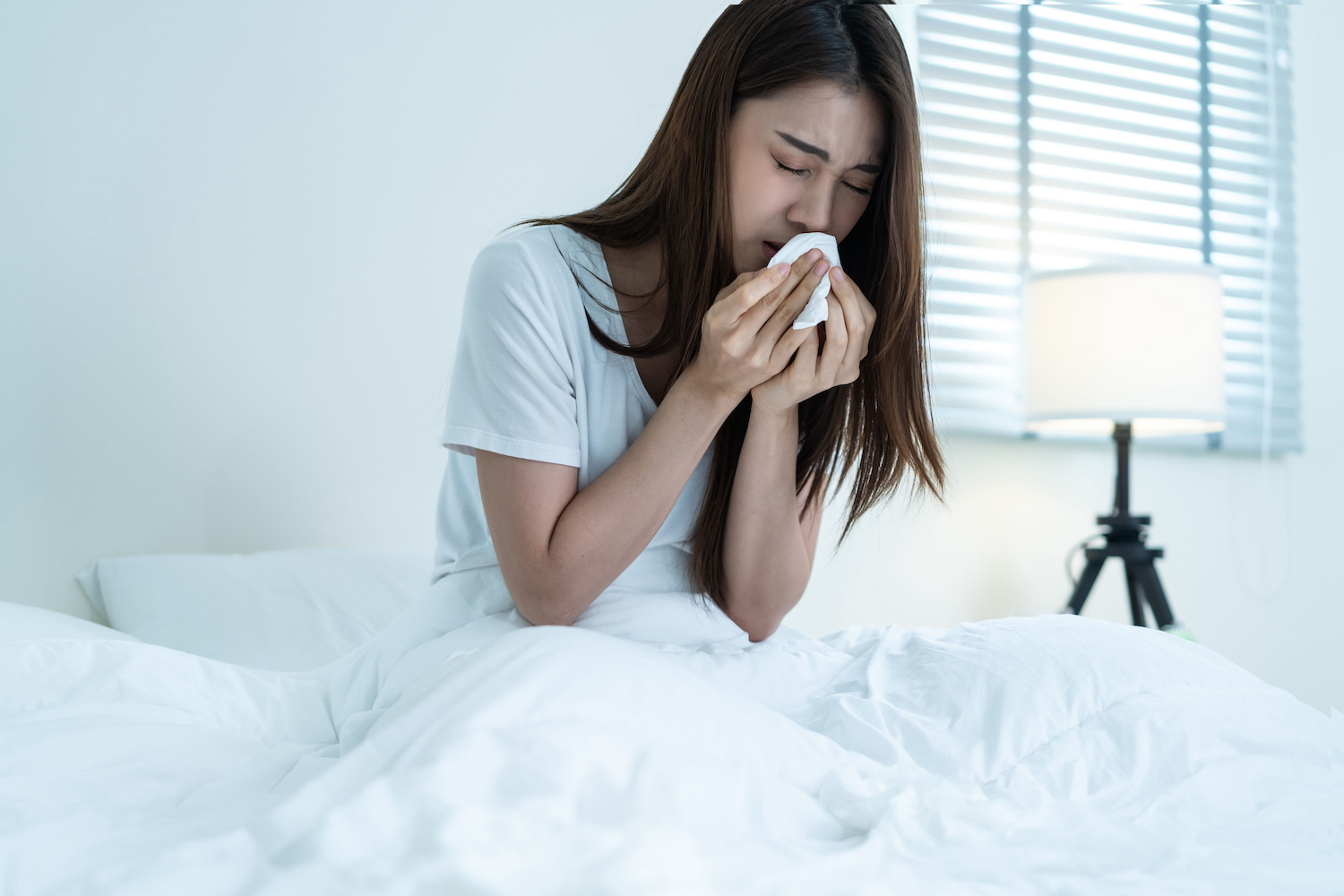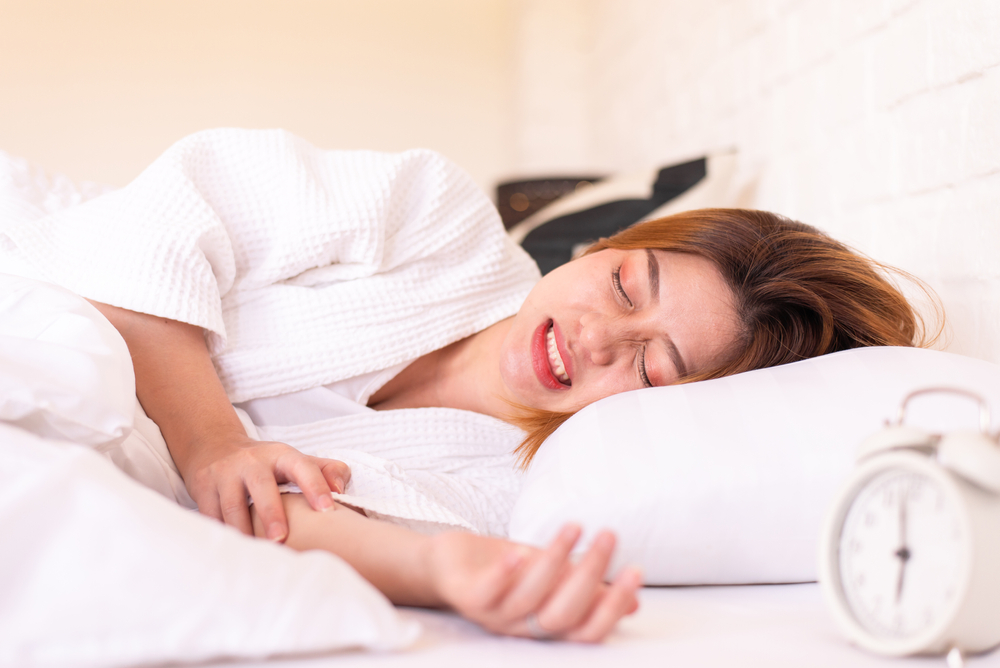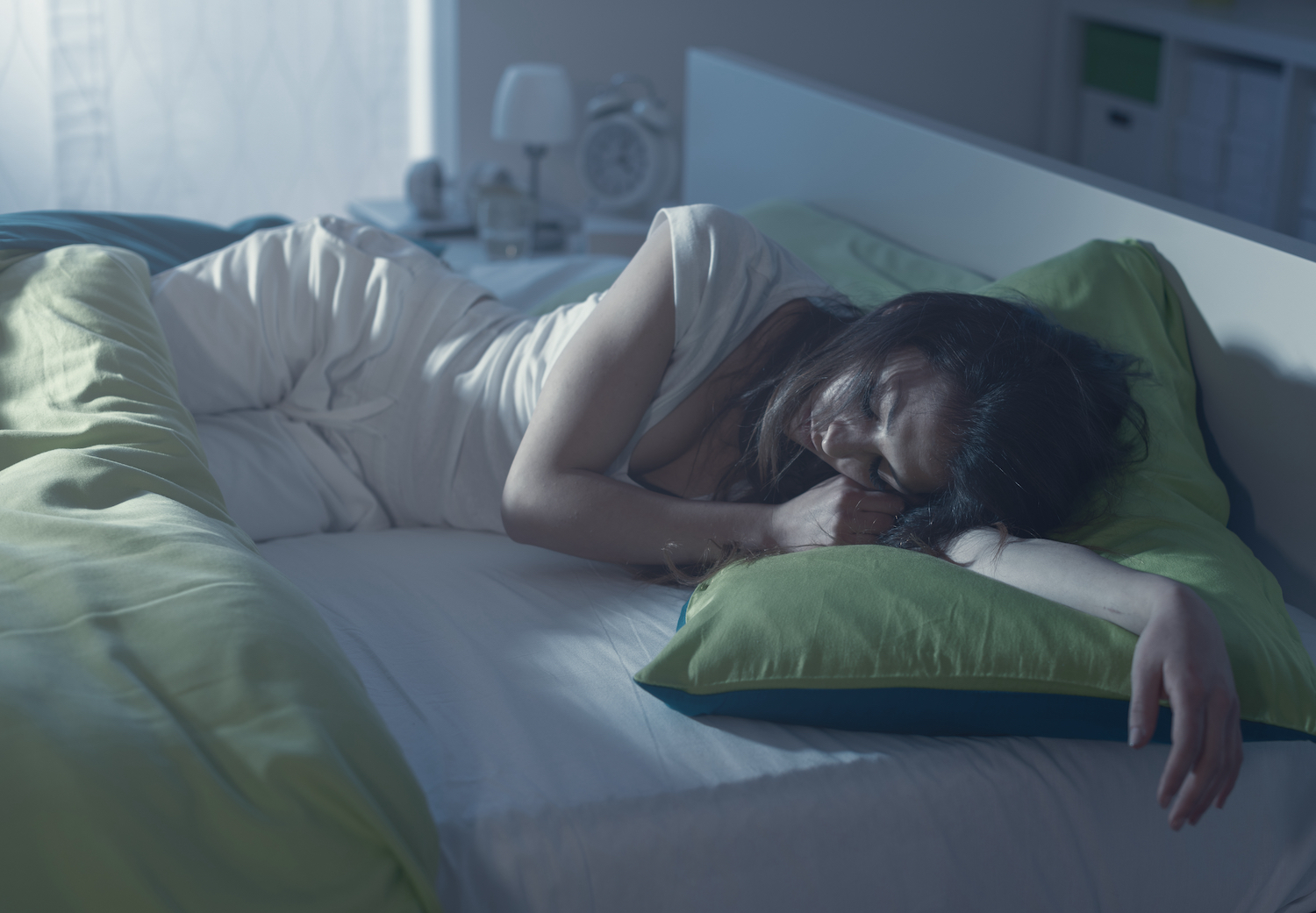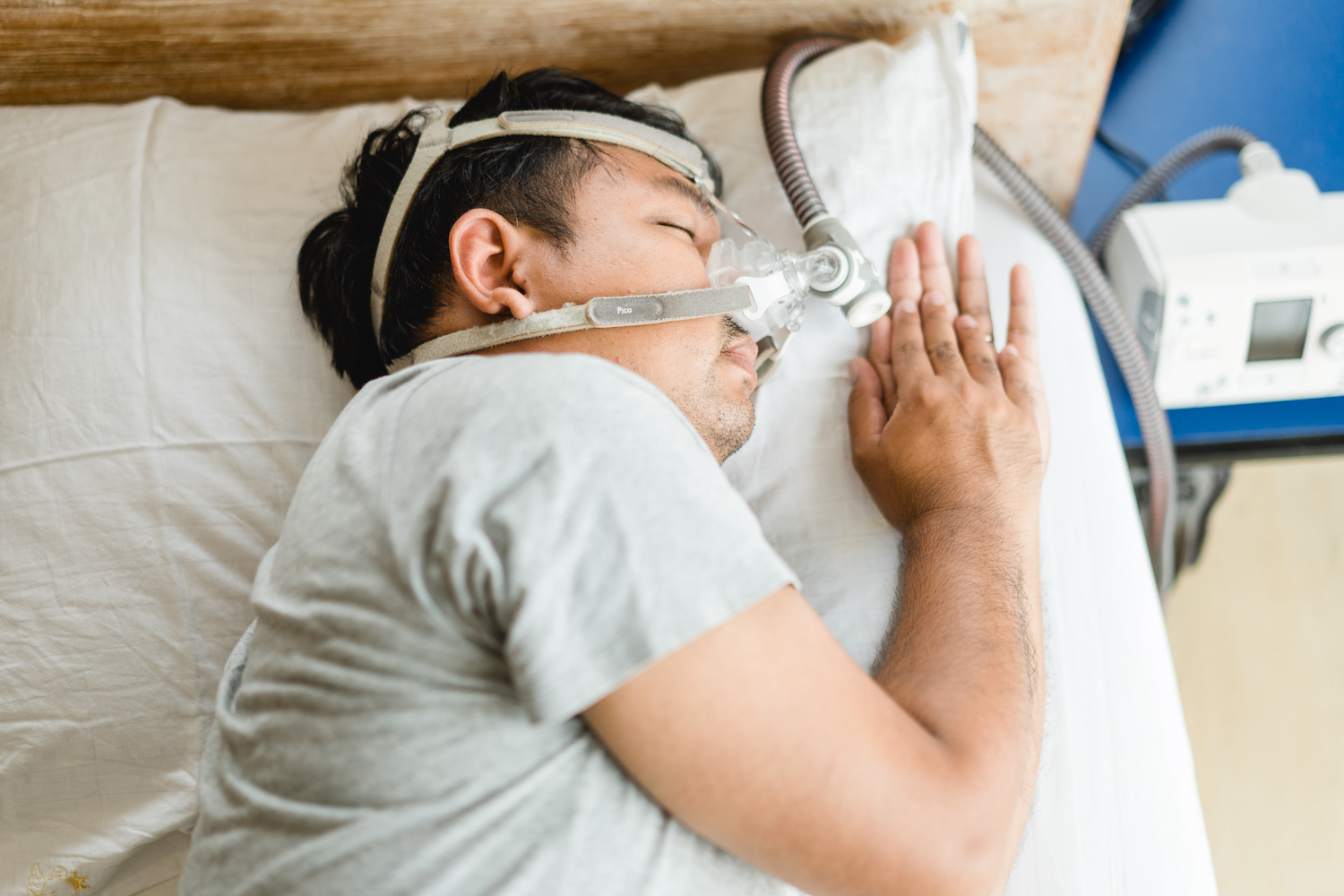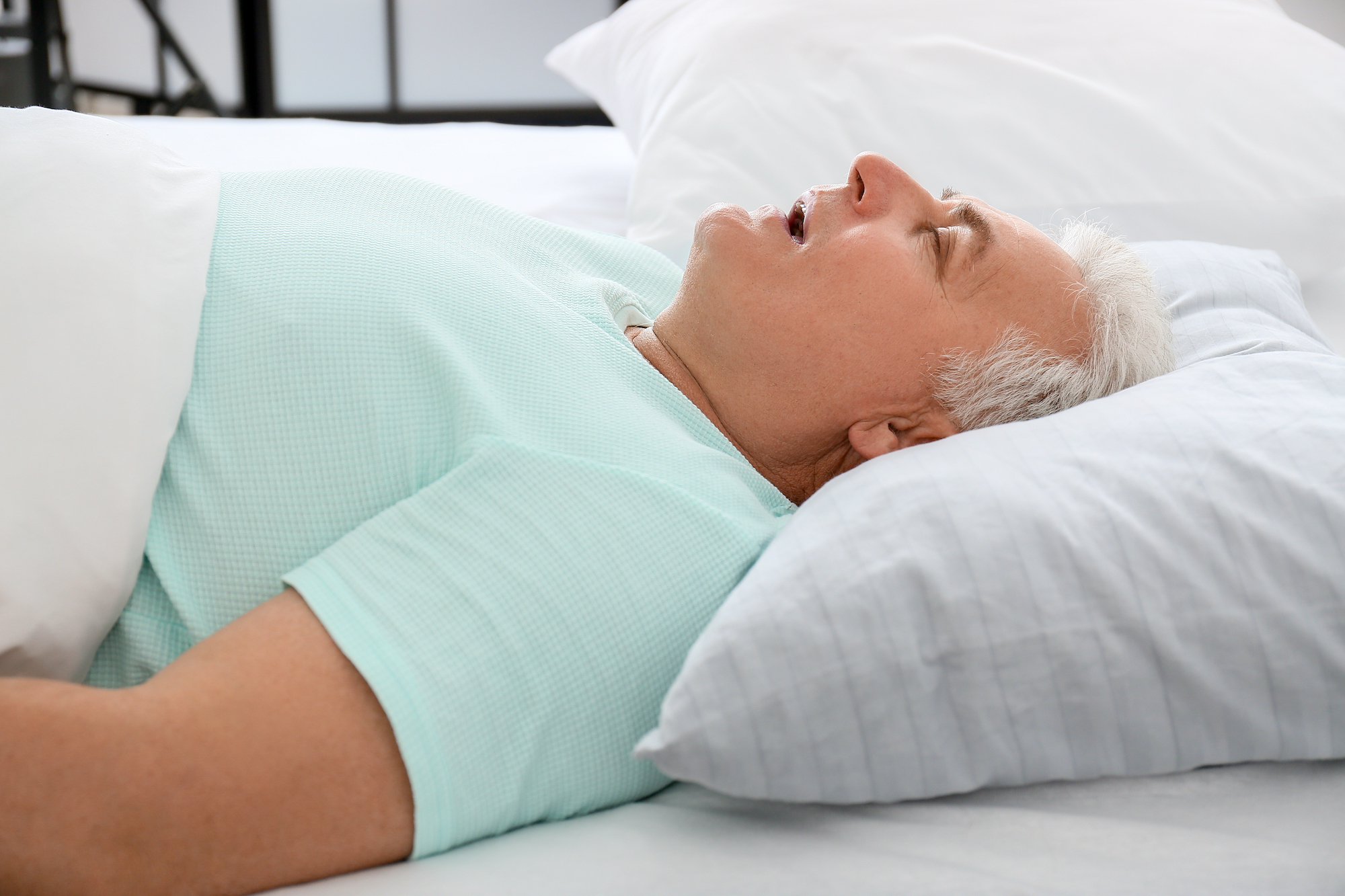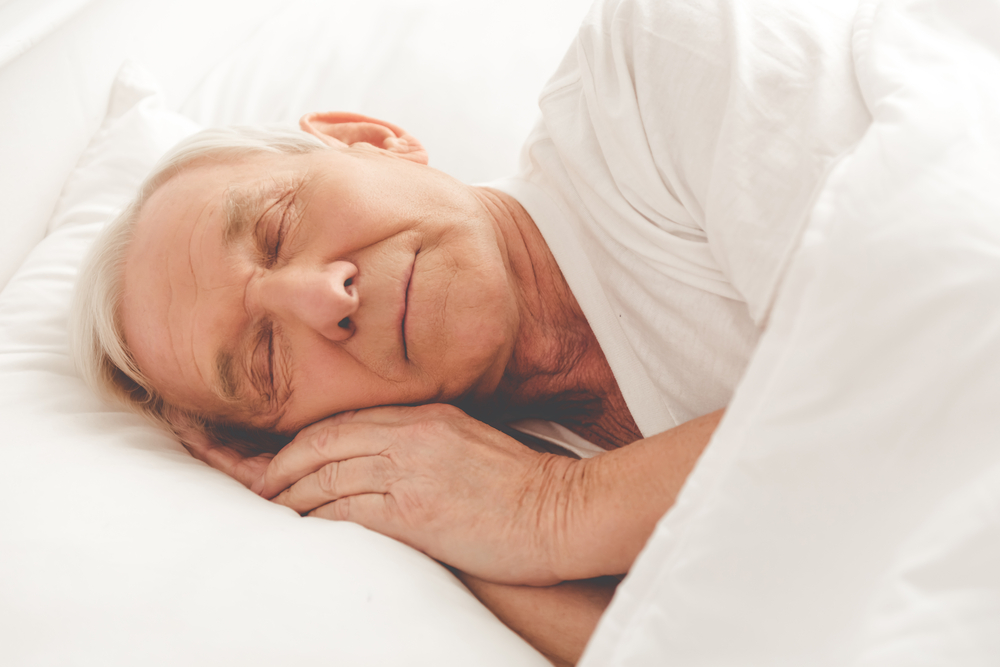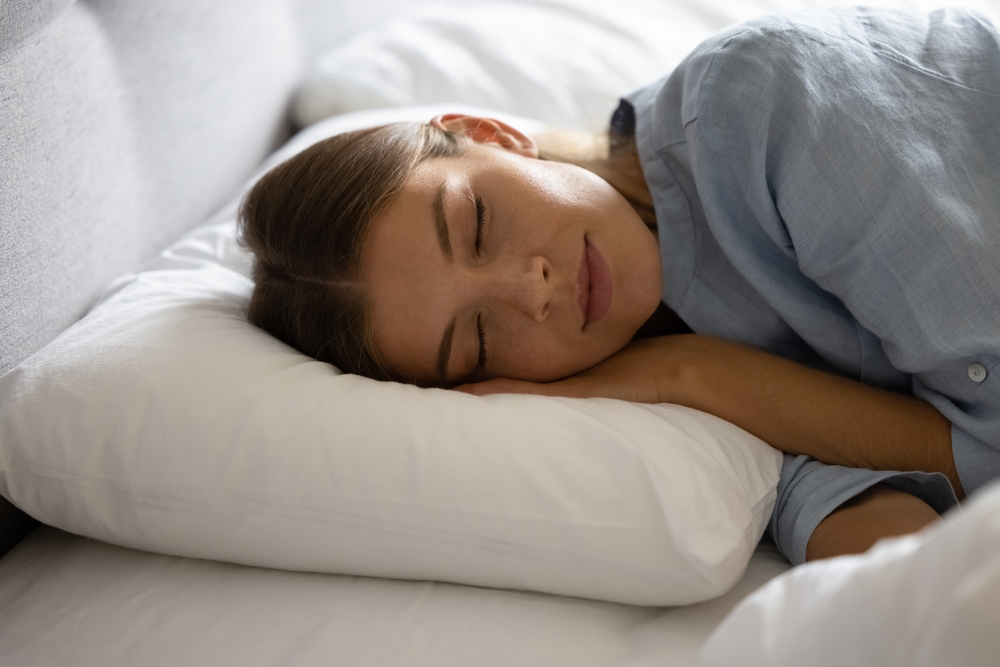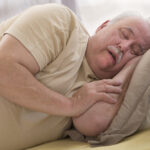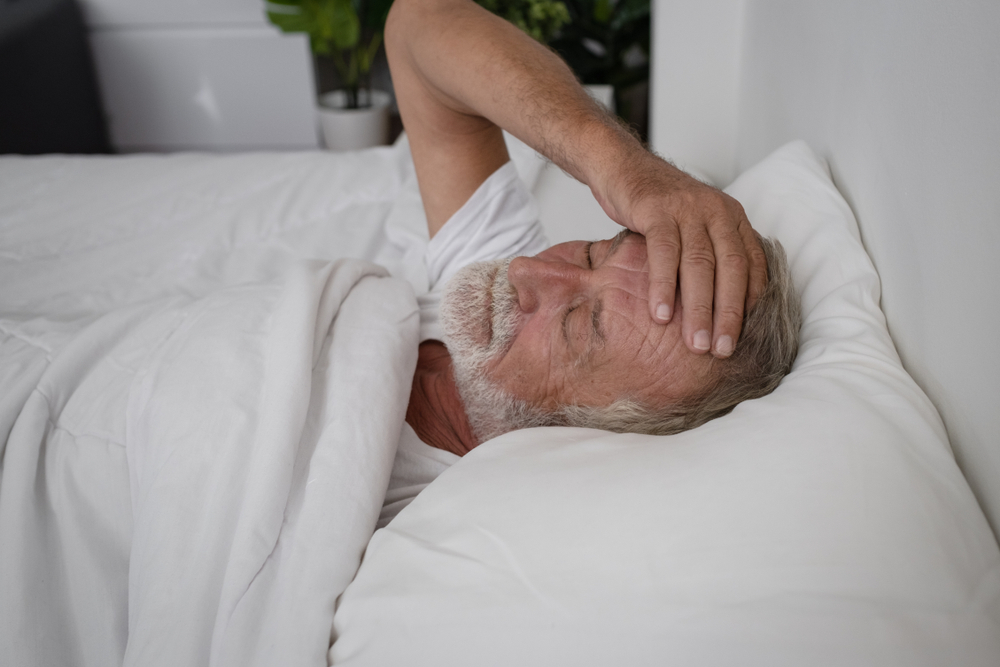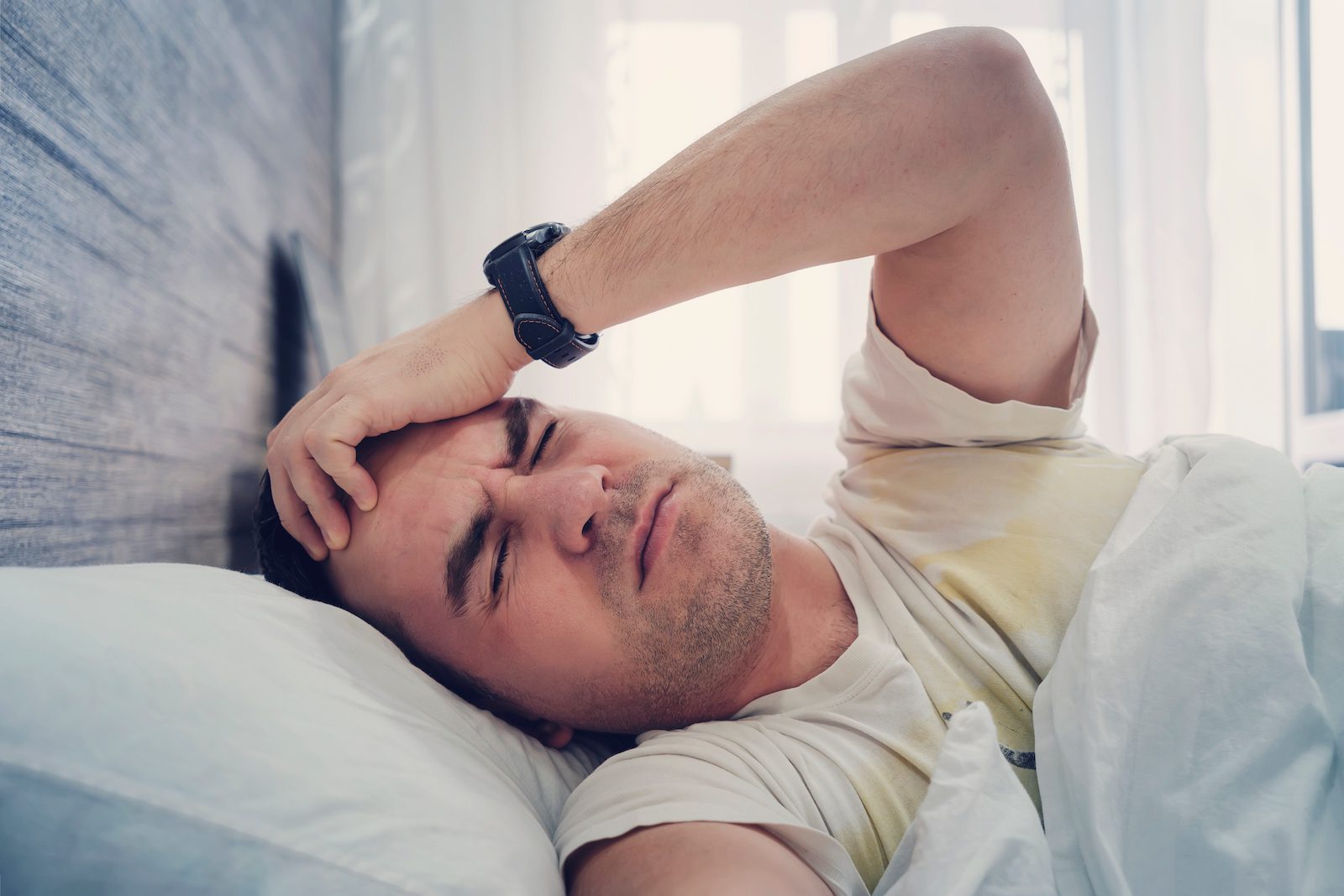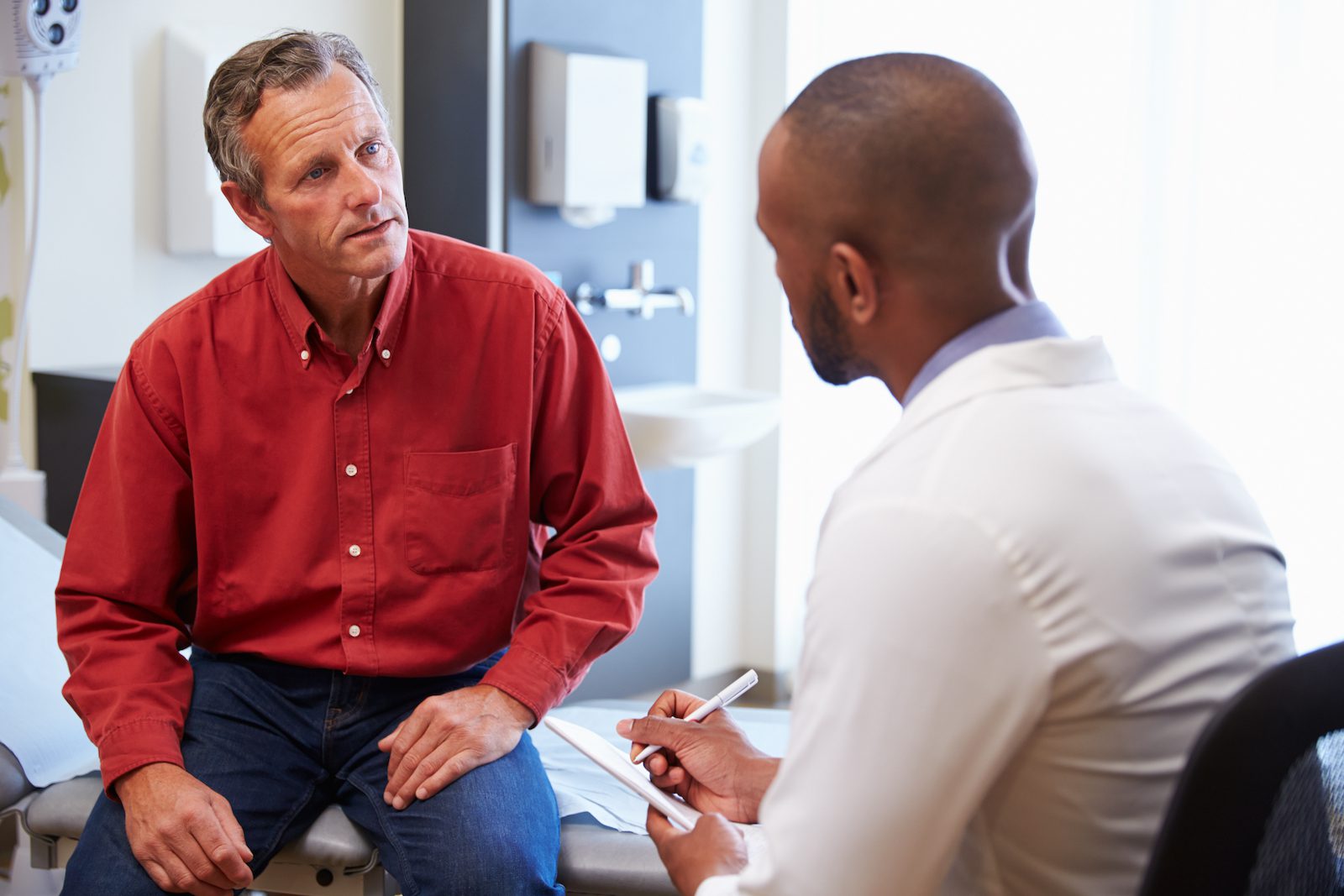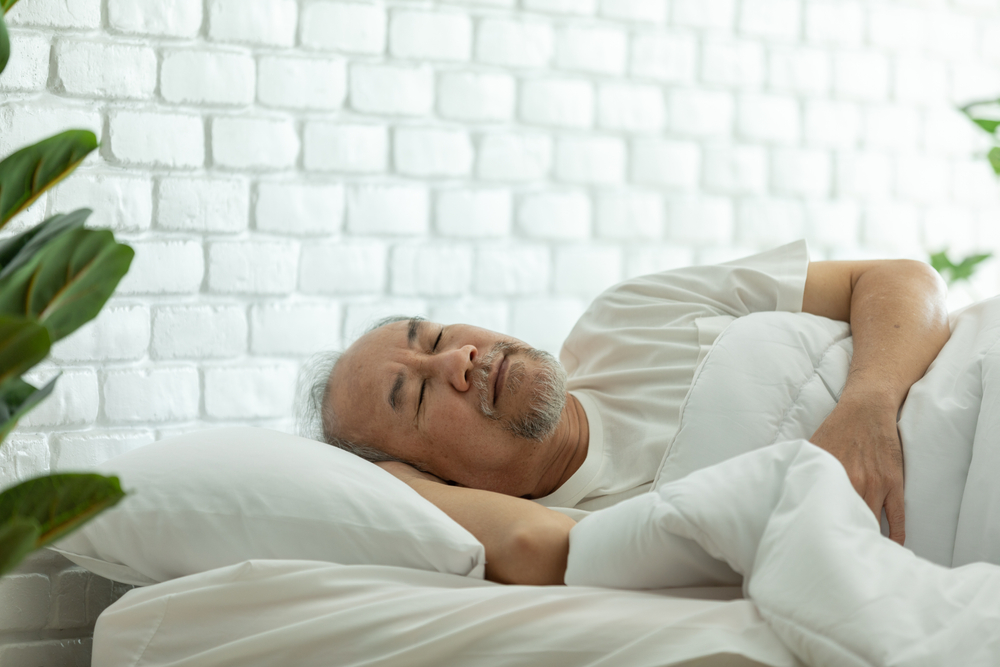Though a person’s respiratory rate (the number of breaths they take per minute, or brpm) naturally changes during sleep and in response to factors like exercise and illness, most healthy adults between the ages of 18 and 65 have an average respiratory rate of 12 to 20 breaths per minute.
What Is a Normal Respiratory Rate While Sleeping?
A person’s sleeping respiratory rate is a measurement of the number of breaths they take in a minute. Like body temperature, heart rate, and blood pressure, respiratory rate is a vital sign that health care providers use to evaluate a person’s health.
Although respiratory rates fluctuate during sleep, expert guidelines for healthy respiratory rates are based on a person’s breathing while they are relaxed or at rest. Normal respiratory rates vary by age.
| Age Range | Normal breaths per minute (brpm) |
|---|---|
| Newborn (0 to 3 months) | 34 to 57 brpm |
| Infant (3 to 12 months) | 30 to 55 brpm |
| Toddler (1 to 2 years) | 25 to 46 brpm |
| Young Child (2 to 3 years) | 22 to 34 brpm |
| Child (3 to 6 years) | 20 to 29 brpm |
| Older Child (6 to 12 years) | 16 to 24 brpm |
| Teen (12 to 17 years) | 13 to 21 brpm |
| Adult (18 to 65 years) | 12 to 20 brpm |
| Older Adult (65 to 79 years) | 12 to 28 brpm |
| Older Adult (80 years and older) | 10 to 30 brpm |
How Does Sleep Affect Your Respiration Rate?
Sleep naturally slows your respiration rate as your body shifts into a state of rest and recovery. During non-REM sleep, especially during deep sleep, breathing becomes slower and more regular, reflecting reduced metabolic demand. In rapid eye movement (REM) sleep, however, breathing can become more variable—sometimes faster or irregular—due to increased brain activity and dream-related changes.
How Is Respiration Rate Measured?
In a health care setting, a doctor can measure a person’s respiratory rate using a stethoscope, by hand, or by watching the person’s chest or abdomen rise and fall with each breath. To determine the respiratory rate, breathing is usually monitored for at least 60 seconds.
Outside the doctor's office, there are more technological methods that use monitors and sensors like wearable devices, chest straps, fingertip pulse oximeters, and in-home sleep study devices that track breathing patterns throughout the night.
When doctors perform a detailed assessment of someone’s breathing, they look beyond just respiratory rate. They also evaluate the depth of each breath (known as tidal volume), how efficiently the lungs are exchanging oxygen and carbon dioxide, and the overall pattern of breathing—including whether it’s steady, shallow, irregular, or labored.
What Are the Signs of an Abnormal Respiratory Rate?
The pace of breathing temporarily speeds up or slows down based on the body’s needs, including during exercise, pregnancy, and in response to changes in mood. But sometimes a person’s respiratory rate can become too fast, too slow, or pause because of an underlying health issue.
A person with an abnormal respiratory rate may feel short of breath or find that their fingers and lips begin to turn blue. Sometimes, people do not have any noticeable symptoms of abnormal respiration. Symptoms of severe respiratory changes require emergency medical treatment.
If breathing stops, it’s called apnea. If a person stops breathing while awake or if apnea is prolonged, it’s a medical emergency. If breathing briefly pauses during sleep, apnea may be a sign of a sleep-related breathing disorder such as obstructive sleep apnea or central sleep apnea. Other symptoms include:
- Loud snoring
- Snorting or gasping during sleep
- Pauses in breathing (noticed by a partner)
- Waking up feeling unrested
- Morning headaches
- Dry mouth or sore throat upon waking
- Excessive daytime sleepiness
- Difficulty concentrating or brain fog
- Mood changes, such as irritability or depression
What Causes a Low Respiratory Rate While Sleeping?
A respiratory rate that's too slow, also called bradypnea, may have a variety of causes, including:
- Respiratory conditions, such as chronic obstructive pulmonary disease (COPD) or severe asthma
- Certain medications, such as opioids, sedatives, or muscle relaxants
- Alcohol, especially in large amounts before bedtime
- Illegal drugs that suppress central nervous system activity
- Metabolic conditions, like hypothyroidism or imbalances in electrolytes
- Neurological disorders that affect brainstem function or breathing control
- Sleep-related breathing disorders, such as central sleep apnea (CSA)
What Causes a High Respiratory Rate While Sleeping?
A respiratory rate that's abnormally fast is called tachypnea. Health conditions that may contribute to tachypnea include:
- Asthma, especially during nighttime flare-ups
- Pneumonia or other lung infections
- Allergic reactions that cause airway inflammation or swelling
- Chronic obstructive pulmonary disease (COPD), particularly during exacerbations
- Carbon monoxide poisoning, which limits oxygen delivery to the body
- Fever or illness, which can increase metabolic demand and breathing rate
- Anxiety or panic disorders, which may cause rapid breathing even during light sleep
- Heart failure, which can affect breathing patterns, especially when lying down
- Obstructive sleep apnea, where breathing repeatedly stops and restarts, sometimes followed by rapid breathing upon arousal
What Can I Do to Maintain a Healthy Respiratory Rate?
Maintaining respiratory healthy starts with taking care of your overall lung and cardiovascular health. Make sure you're doing (or not doing) the following:
- Avoid smoking and limit exposure to air pollution or environmental irritants
- Exercise regularly, especially aerobic activities that strengthen your lungs
- Practice stress-reducing techniques like deep breathing, meditation, or yoga
- Manage chronic conditions such as asthma, COPD, or sleep apnea with your doctor’s guidance
- Maintain a healthy sleep environment—cool, quiet, and free of allergens
- Get enough sleep each night to support overall respiratory and cardiovascular function
- Limit alcohol and sedative use, which can suppress breathing during sleep
When Should I Talk to My Doctor?
Anyone with concerns about their breathing should contact a health care professional. Severe respiratory symptoms are a sign to call 911 or visit the emergency room. Severe respiratory symptoms include:
- New or worsening breathing difficulties
- Persistent drowsiness
- Blue or gray skin, nails, or gums
- Chest pain
- Fever
- Seizure
- Loss of consciousness
Additionally, talk with your doctor if you have any concerns about your sleep health, including symptoms that could suggest you may have sleep apnea.






